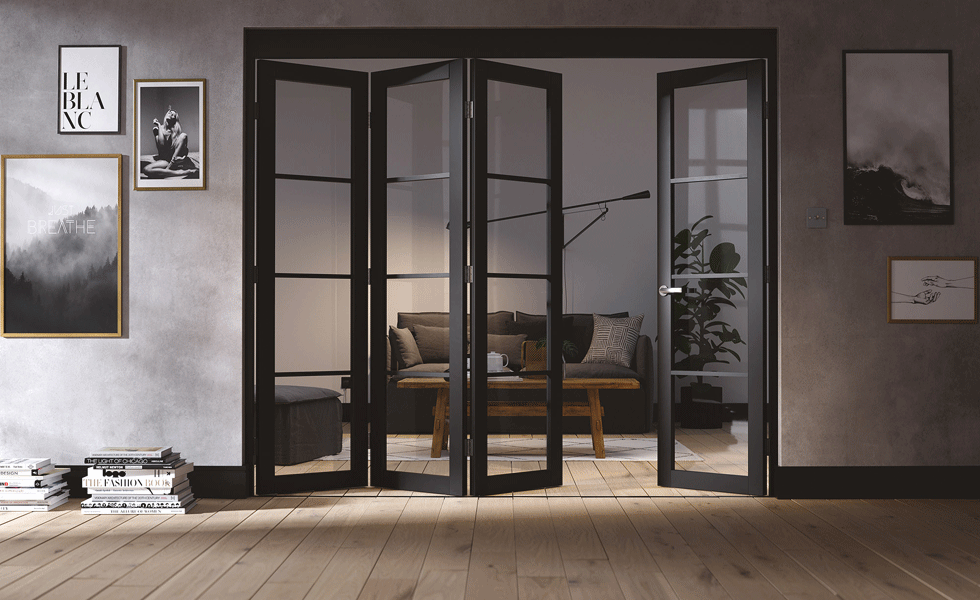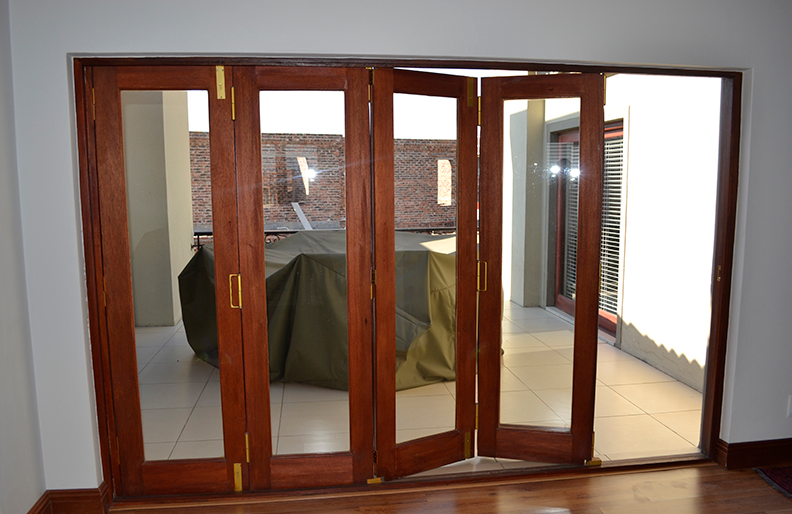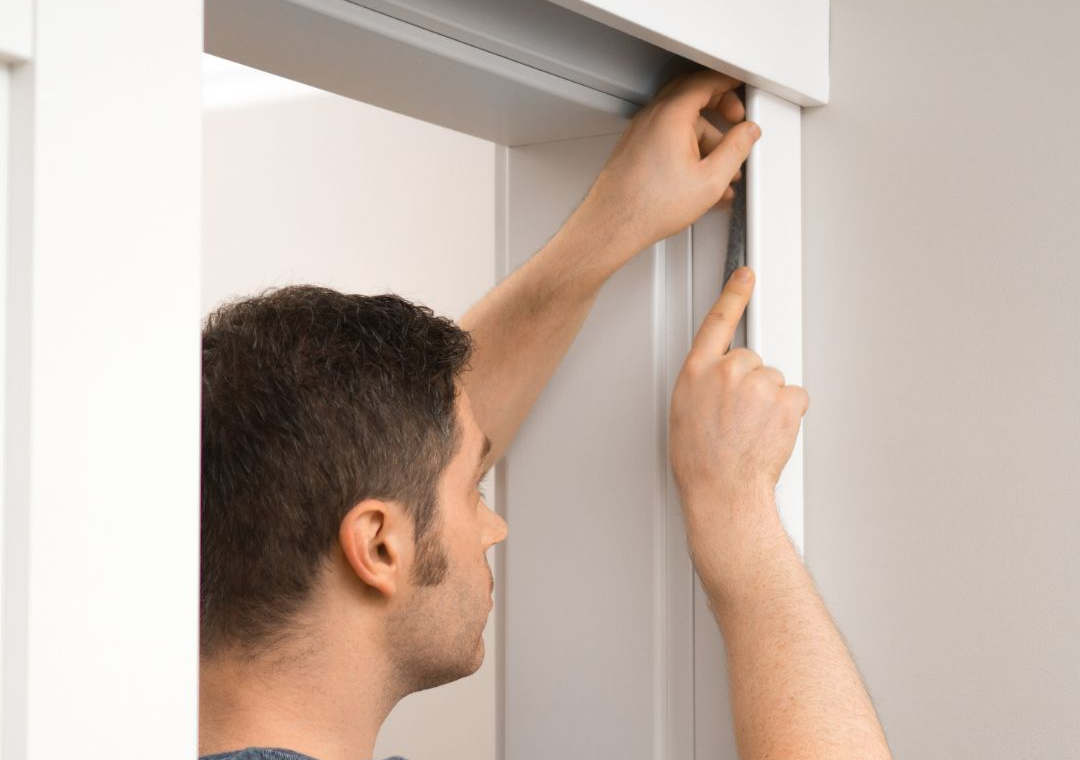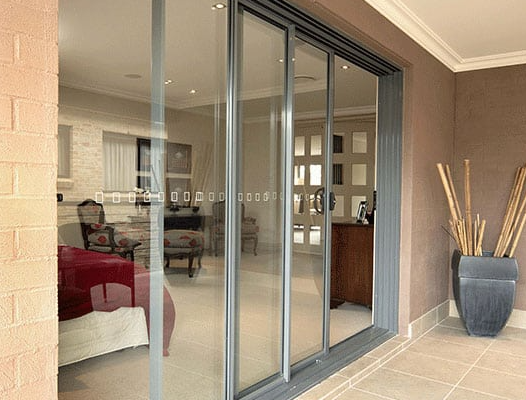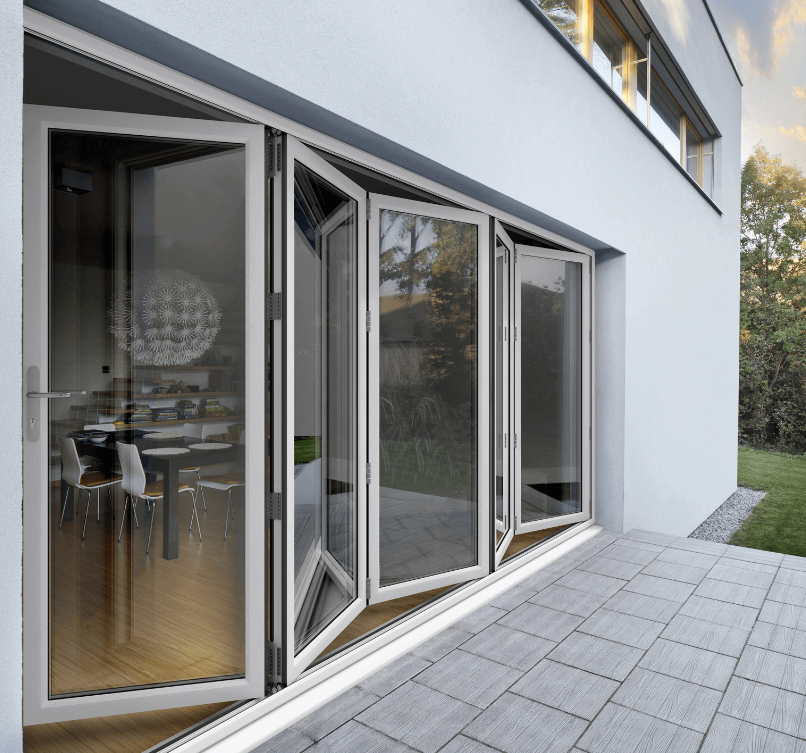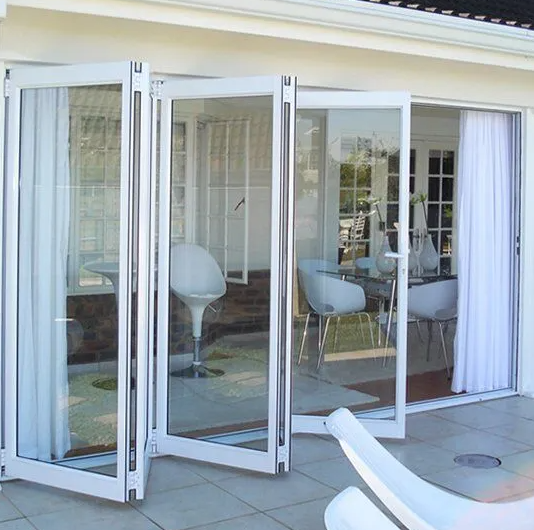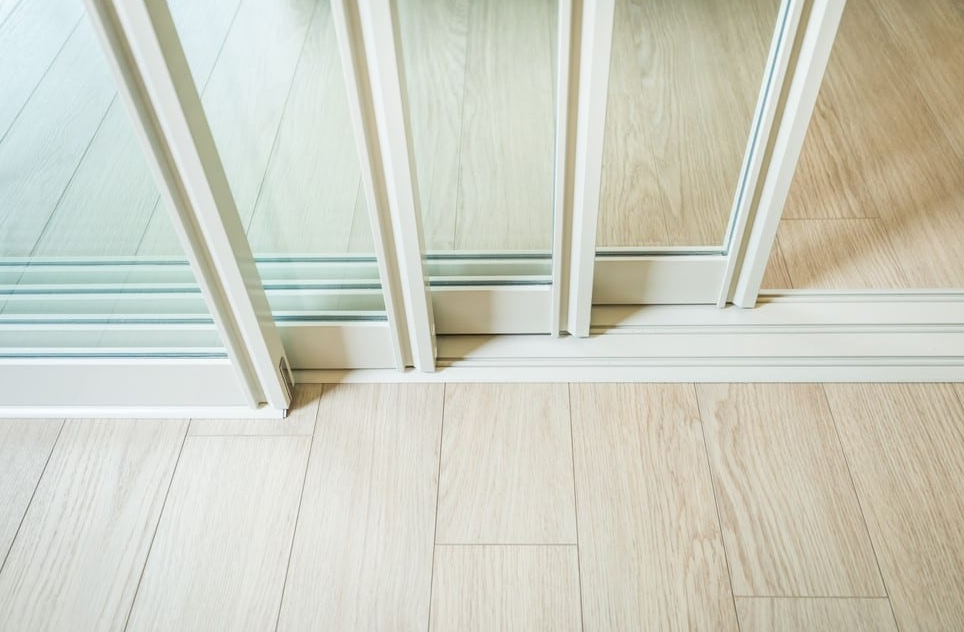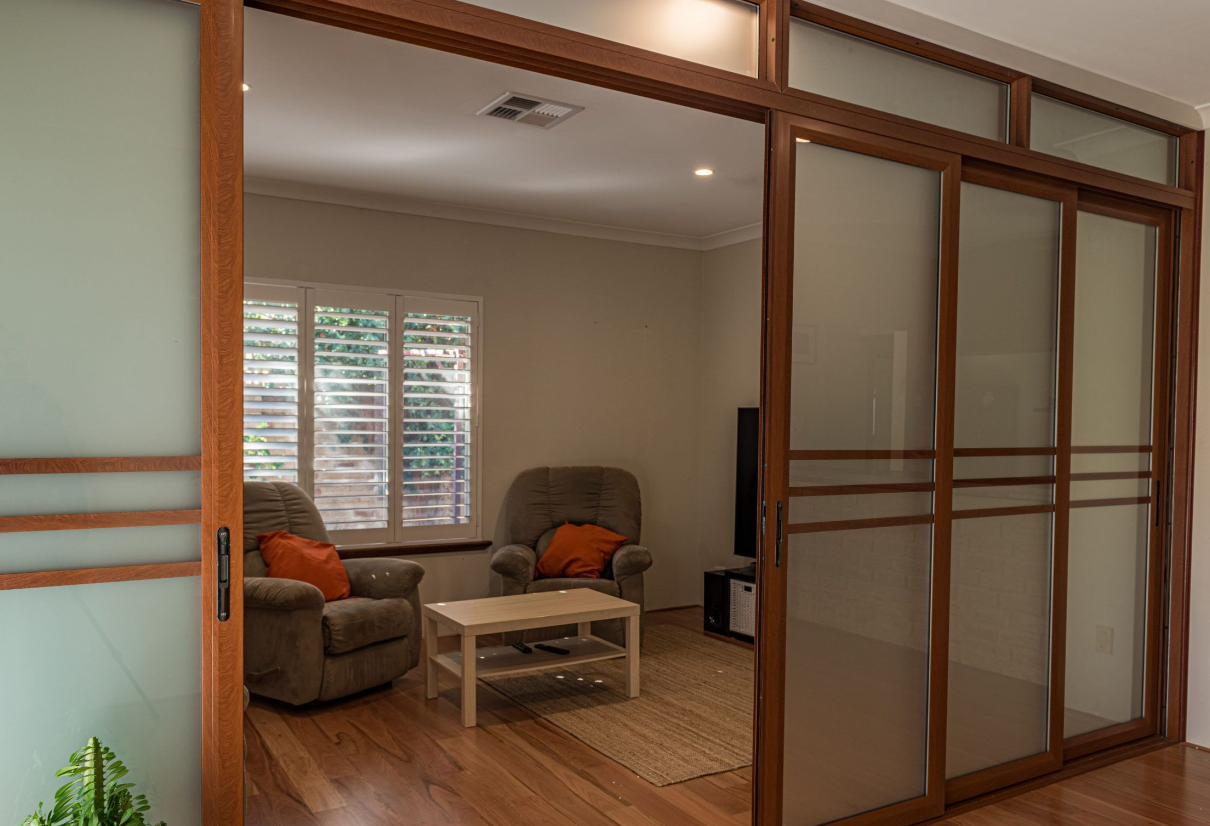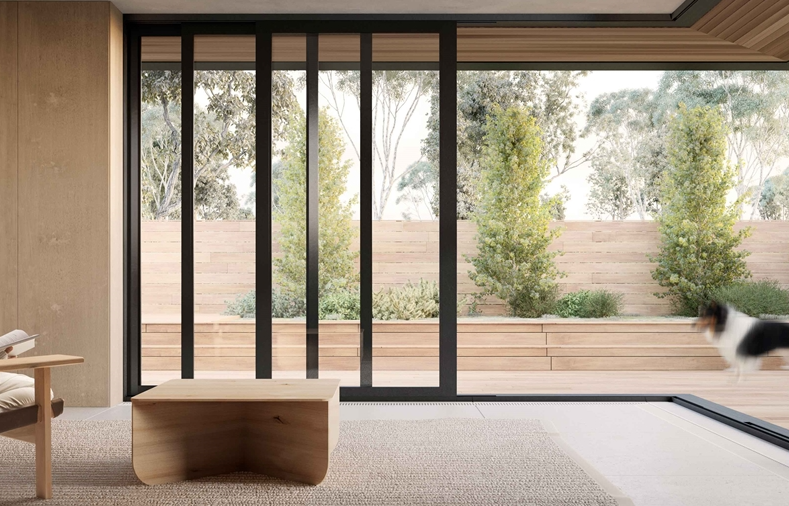What are the disadvantages of sliding folding doors?
Sliding folding doors can be expensive, complex to install, require more maintenance, and may pose security and insulation concerns.
Maintenance and Durability
Sliding folding doors, while aesthetically appealing and functional, present certain challenges when it comes to maintenance and long-term durability.

Wear and Tear Over Time
Sliding folding doors are composed of multiple panels that fold and slide, leading to a greater number of moving parts compared to traditional doors. Over time, the rollers, hinges, and tracks of these doors can deteriorate, causing them to malfunction or operate less smoothly. Factors like frequent use, mishandling, or inferior quality components can accelerate this deterioration. Regular inspections and maintenance, such as lubricating the rollers and ensuring the tracks are clean, can help in prolonging their lifespan. Learn more about the mechanics of sliding doors on Wikipedia.
Susceptibility to Weather Conditions
These doors, especially when installed as external partitions, are exposed to various weather conditions. Direct sunlight can cause the door materials, especially if they’re made of plastic or certain woods, to warp or fade. Rain and moisture can seep into the tracks, causing them to rust or making the doors harder to slide. Additionally, in areas with high wind or stormy conditions, sliding folding doors might not offer the same level of protection as other types of doors. Weatherproofing measures, such as using weather strips and ensuring proper drainage, can mitigate some of these issues. For a deeper understanding of weatherproofing techniques, check this Wikipedia link.
Installation Complexity
Installing sliding folding doors can be quite a challenging task due to their unique design and mechanism. Incorrect installation can lead to a host of problems, impacting the door’s functionality and longevity.
Requirement for Professional Installation
Unlike standard doors that homeowners might attempt to install on their own, sliding folding doors often need the expertise of a professional. This is primarily because these doors consist of multiple panels that need to be perfectly aligned, and the track system is complex. An incorrect installation can lead to issues like the door not closing properly or getting stuck while sliding. Opting for a professional installer might raise the cost, but it ensures that the door functions smoothly and lasts longer. Those interested in the various types of door installations can explore this topic on Wikipedia.
Potential for Incorrect Alignment
Alignment is critical for sliding folding doors. Even a minor misalignment can cause the doors to jam, not fold properly, or even damage the frame and panels over time. Proper alignment ensures that each panel folds smoothly and that the door slides without any hitches. Moreover, a door that’s not correctly aligned can lead to gaps, compromising insulation and security. Understanding the basics of door alignment and its importance can be further studied on Wikipedia.
Space Considerations
Sliding folding doors, while offering the advantage of wider openings and uninterrupted views, come with specific space-related challenges. Homeowners and interior designers should be aware of these considerations to ensure optimal functionality and aesthetics.
Necessity for a Specific Track System
Sliding folding doors rely on track systems for their sliding and folding mechanisms. This means the floor and ceiling (or top of the frame) must accommodate these tracks, often requiring a specific amount of space. The tracks can be a potential tripping hazard if they protrude from the floor, especially for children and the elderly. While some modern designs offer flush tracks to reduce this risk, they may still dictate the floor’s level and material in that area. For those keen to delve deeper into the world of architectural elements like these, Wikipedia offers insights on door design and mechanisms.
Restrictions on Furniture Placement Near the Doors
Due to their design, sliding folding doors require ample space when fully or partially opened. This restricts the placement of furniture and other decor items near the doors. Placing furniture too close can obstruct the doors’ movement, potentially causing damage or hindering access. This limitation can be particularly challenging in smaller rooms or spaces where every inch counts. A clear understanding of room layouts and furniture arrangement can aid in maximizing space, and for those looking for more guidance, Wikipedia’s article on interior design principles can be a helpful resource.
Cost Implications
The financial aspect is a significant factor for many homeowners when choosing doors. While sliding folding doors bring elegance and functionality, they also come with certain cost implications that potential buyers should consider.
Higher Initial Investment Compared to Traditional Doors
Sliding folding doors generally demand a higher initial outlay than conventional single-panel doors. The reasons are multifaceted: they have a more complex design, require specialized materials for both the doors and their tracks, and often entail professional installation. The larger the opening or the more panels you desire, the steeper the price tends to climb. These doors can be a significant investment, especially for high-end models or custom designs. For those wanting to know more about the various types of doors and their costs, Wikipedia provides a comprehensive overview.

Maintenance and Replacement Costs Over Time
While all doors require some level of maintenance, sliding folding doors, due to their multi-panel design and moving parts, might need more frequent attention. Rollers can wear out, tracks might need cleaning or realigning, and hinges can become loose over time. These maintenance tasks, if neglected, can lead to more severe issues, which can be costly to rectify. Moreover, if a panel gets damaged, replacing just one panel can sometimes be as expensive as replacing the entire set, given the need for matching aesthetics and ensuring proper fit. For insights into long-term maintenance and the importance of timely repairs, Wikipedia’s article on building maintenance offers valuable information.
Security Concerns
When considering sliding folding doors, homeowners should not overlook the security implications. While these doors offer beautiful views and seamless indoor-outdoor transitions, they can also present specific challenges when it comes to ensuring safety.
Potential Vulnerabilities for Break-ins
Sliding folding doors, especially those with larger glass panels, can be perceived as more accessible entry points for potential intruders. Their visibility can sometimes showcase the interior of a home, making it enticing for burglars. Moreover, some models, if not equipped with robust locking mechanisms, can be easier to force open. Upgrading to laminated or tempered glass can provide an additional layer of security, but it can also add to the cost – homeowners might be looking at an extra $10-$50 per square foot, depending on the type and quality of the glass. A deeper understanding of home security vulnerabilities can be found on Wikipedia’s home security page.
Additional Security Measures Required
To enhance the security of sliding folding doors, additional measures might be necessary. Reinforced glass, multi-point locking systems, and security bars or gates can provide added protection. While these additions significantly bolster security, they come with added expenses. For instance, a quality multi-point locking system can range from $100 to $500 or more, depending on the brand and complexity. Alarm systems and sensors specifically designed for such doors can also be an excellent deterrent for intruders but again come at a premium. For homeowners interested in a comprehensive security setup, Wikipedia’s article on security alarms offers a detailed exploration.
Thermal and Acoustic Performance
Sliding folding doors offer the allure of expansive views and natural light. However, when it comes to managing temperature and noise, they present unique challenges that homeowners should be aware of.

Potential for Heat Loss or Gain
The expansive glass panels in sliding folding doors can sometimes lead to substantial heat transfer. In warmer climates, this might cause interiors to heat up quickly, demanding more from air conditioning systems. Conversely, in colder climates, these doors can lead to heat loss, pushing heating systems to work harder. Homeowners can mitigate this by opting for double or triple glazing, which provides better insulation. However, upgraded glazing can increase the cost by 10% to 20% or even more. For those keen on understanding the science behind heat transfer and insulation, Wikipedia’s article on thermal insulation provides a thorough breakdown.
Limitations in Sound Insulation
A quiet indoor environment is a luxury many desire. Unfortunately, sliding folding doors might not offer the same level of sound insulation as solid walls or traditional doors. External noises, such as traffic or neighborhood activities, can easily permeate through, especially if the doors have single glazing. Upgrading to acoustic glass or adding additional soundproofing materials can help, but these solutions come at an additional expense. It’s crucial to weigh the benefits of uninterrupted views against the desire for a quieter indoor environment. Those interested in the technicalities of soundproofing can refer to Wikipedia’s comprehensive guide on soundproofing.


